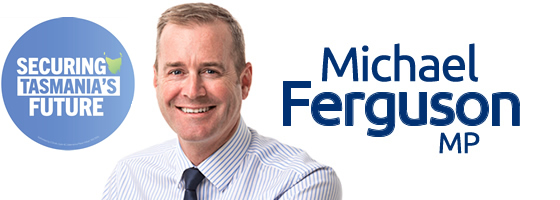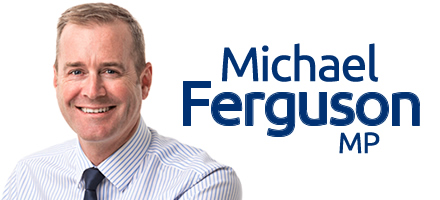As part of our plan to secure Tasmania’s future, we are taking unprecedented action to assist the housing needs of Tasmanians. We have taken the next step by announcing a massive 10-year housing package, in excess of $1.5 billion, to build on our existing reforms and take further action to provide affordable housing.
The only way to address rising house and rental prices is to increase supply, so we are building on our existing $615 million program to deliver 3,500 new dwellings and homes by 2026-27.
The new statutory authority that was announced last week will have the capacity to borrow and invest with a balance sheet at more than $2 billion. Over the next decade it will be tasked with building and acquiring an additional 6,500 homes and units on top of our current target of 3,500. This leads to a total of 10,000 new dwellings by 2032. The expected new direct investment will be in excess of $1.1 billion.
We have also announced that all Stamp Duty and First Home-Owner grants and concessions will be increased to a $600,000 threshold. Including the previous changes, this results in a 50 per cent increase, keeping in line with rising property prices. This means that an eligible first home buyer, or a pensioner purchasing a downsized property, will save around $11,250 on property duty when buying a $600,000 home. Additionally, the Government is retaining the First Home Owner Grant at $30,000 for the 2022/23 financial year.
To further accelerate land supply, we will extend our Headworks Holiday program, doubling the Residential Land Rebate from $15 million to $30 million.
We will be extending the thresholds and eligibility for our successful Home Share program, which becomes the ‘Housing Market Entry program’ allowing more Tasmanians who meet our income and assets tests to access this much more generous program.
We will improve the program by reducing the requirement for a deposit to 2 per cent of the purchase price and doubling the State’s equity contribution to a maximum of $200,000 or 40 per cent for new homes or units and up to $150,000 or 30 per cent of the purchase price for eligible established homes or units. The package will also be opened up to eligible First Home Buyers purchasing existing dwellings (rather than building) who would otherwise be unable to obtain finance.
We will extend the private Rental Incentive Scheme from its current limit of 200 homes to 400 homes, creating another 200 affordable rental properties for the next two years.
The highly-successful ancillary dwelling grant program will be doubled to allow an extra 250 places over the initial allocation of 250, doubling our funding commitment to $5 million.
Other initiatives that the Government will be introducing include:
- As announced we will be resetting the tax free threshold to $100,000 and lifting the upper tax threshold to $500,000 while lowering the tax rate for land valued between $100,000 and $500,000 from 0.55 per cent to 0.45 per cent;
- Encouraging development at the edges of the urban growth boundary by making rezoning applications easier;
- Working with councils to achieve more “shop top” apartments;
- Better utilising Government owned buildings by re-purposing them for a higher and better use;
- Assessing the viability of build to rent schemes;
- Providing safeguards for rent-to-buy schemes to encourage the uptake of them;
- Introducing a new Apartment Code to simplify medium-density apartment and townhouse approvals; and
Committing to a review of the utilisation of our social housing portfolio, to gain more efficiencies.


